A journey through Borneo’s palm oil heartland
The reality of Borneo’s changing landscape hit us hard as we left Sandakan. We were heading north-west towards the Proboscis Monkey Sanctuary at Labuk Bay, with a planned stop at a palm oil plantation.
Little did I know this journey would completely transform my understanding of Malaysian Borneo’s environmental challenges.
The one-and-a-half-hour drive south became an eye-opening experience.
Where I expected to see Borneo’s legendary rainforest, I instead found myself staring at an endless sea of palm oil trees. These plantations stretched across every hillside, creating waves of uniform green that seemed to extend forever.
The absence of diverse jungle vegetation was striking.
The transformation of Borneo
The statistics paint a sobering picture.
According to WWF, only half of Borneo’s rainforest remains today – a dramatic decrease from the mid-1980s when 75% more forest existed. In the state of Sabah alone, palm oil plantations now cover more than 1.5 million hectares.
As the world’s second-largest palm oil producer, Malaysia continues to clear land for new plantations at an astonishing rate, fundamentally altering the landscape of Borneo.
The reality of palm oil production
The palm oil industry presents a complex situation.
While it has significantly boosted Malaysia’s economy and created employment opportunities, the environmental impact is impossible to ignore. Palm oil might be one of the most efficient oil crops globally, requiring less land for greater yield, but this efficiency comes at a cost to Borneo’s biodiversity.
The reach of palm oil in our daily lives is staggering. It appears in approximately half of all packaged supermarket products, from processed foods to cosmetics. As the most widely consumed vegetable oil globally, its presence in the market continues to grow, driving further expansion of plantations across Borneo’s landscape.
Practical information
- Location: Multiple plantations are located around Sandakan
- Transport: Hire a car/driver or join a guided tour from Sandakan
- Duration: Plan for a half-day trip to a plantation or two days (at least) if wishing to include the Proboscis Monkey Sanctuary at Labuk Bay
- What to wear: Light, breathable clothing and comfortable walking shoes
- Best time to visit: Early morning to avoid the midday heat
- Important note: Photography may be restricted in some areas of the plantations
- Booking: Most plantation visits need to be arranged through local tour operators
- The drive in thick with Palm Oil plantations
- Planted close together very little undergrowth can survive
- A water Buffalo and his morning mud bath
- Palm oi seed pods ready for transport
- This, ripe pam oil seeds

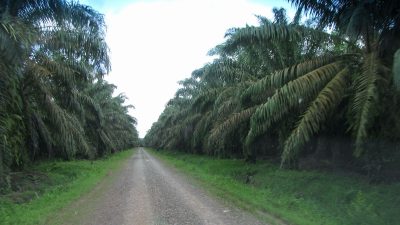
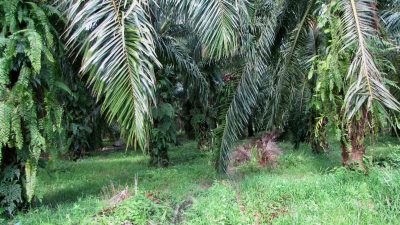
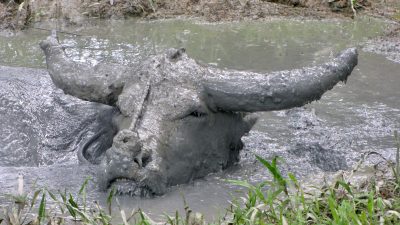
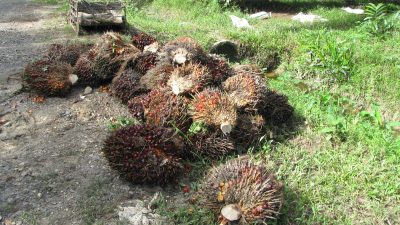
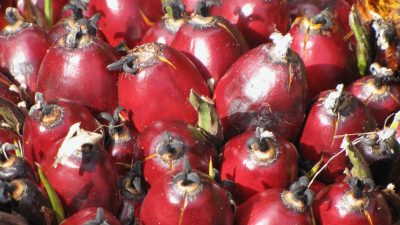
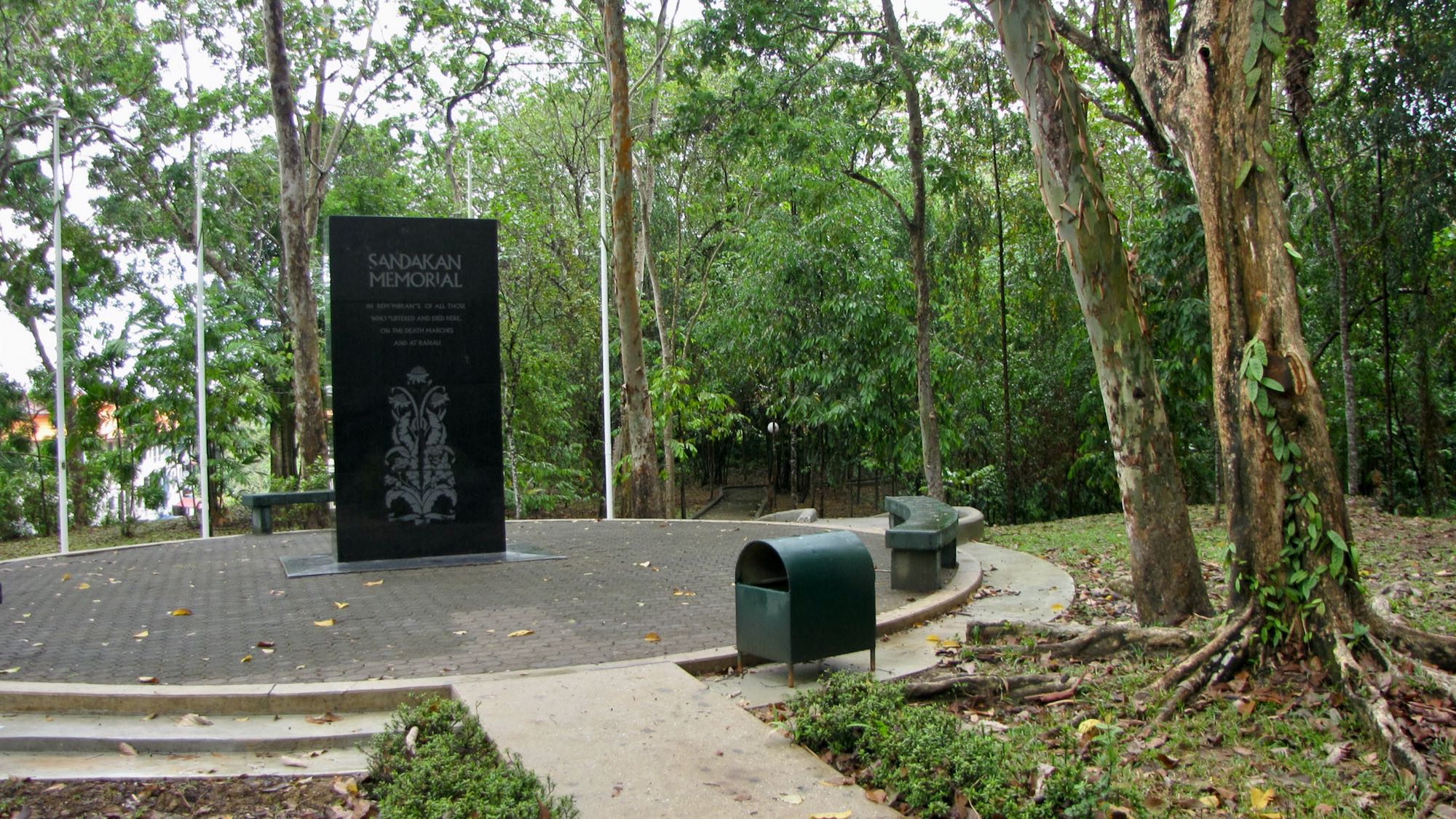
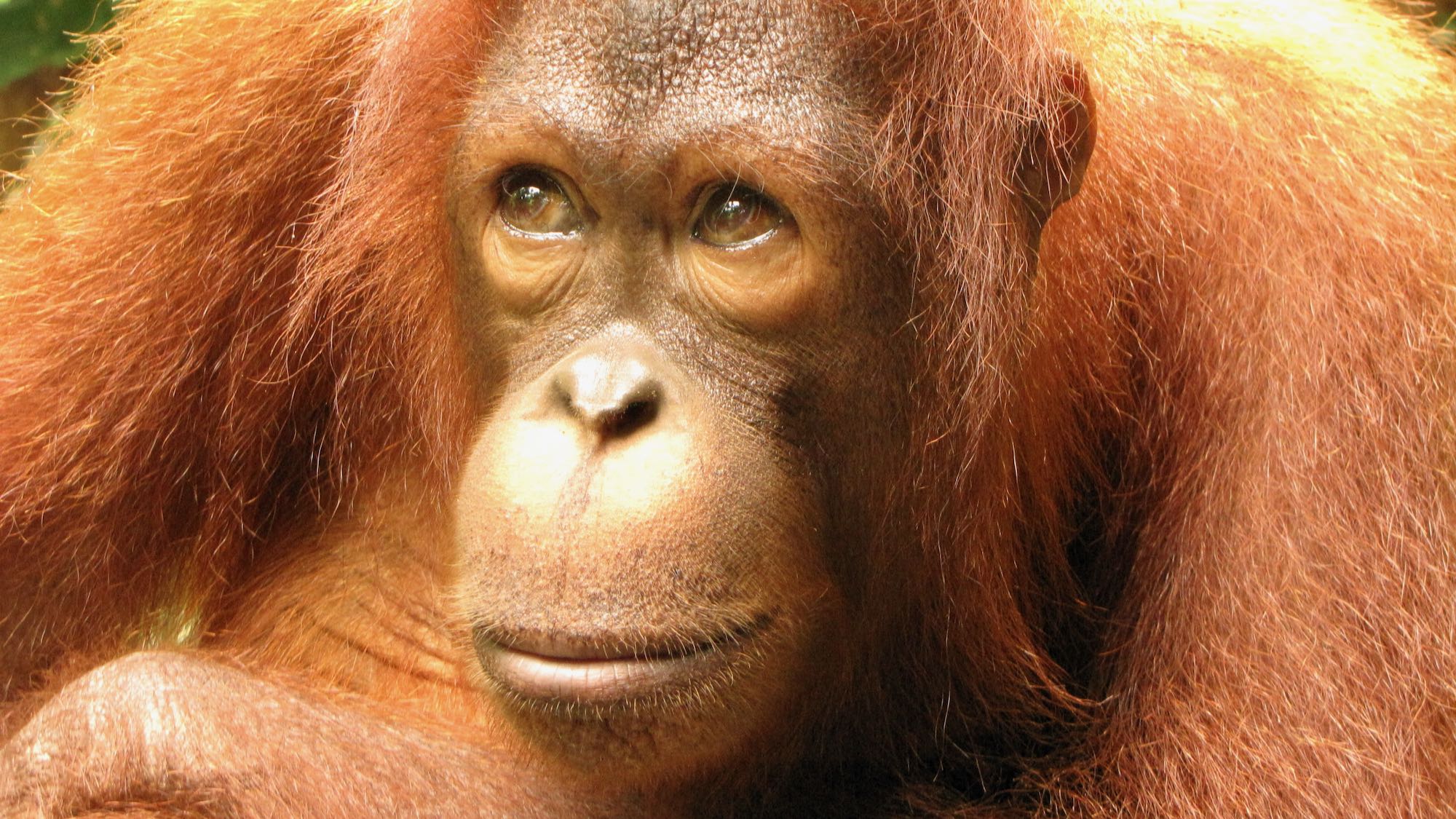
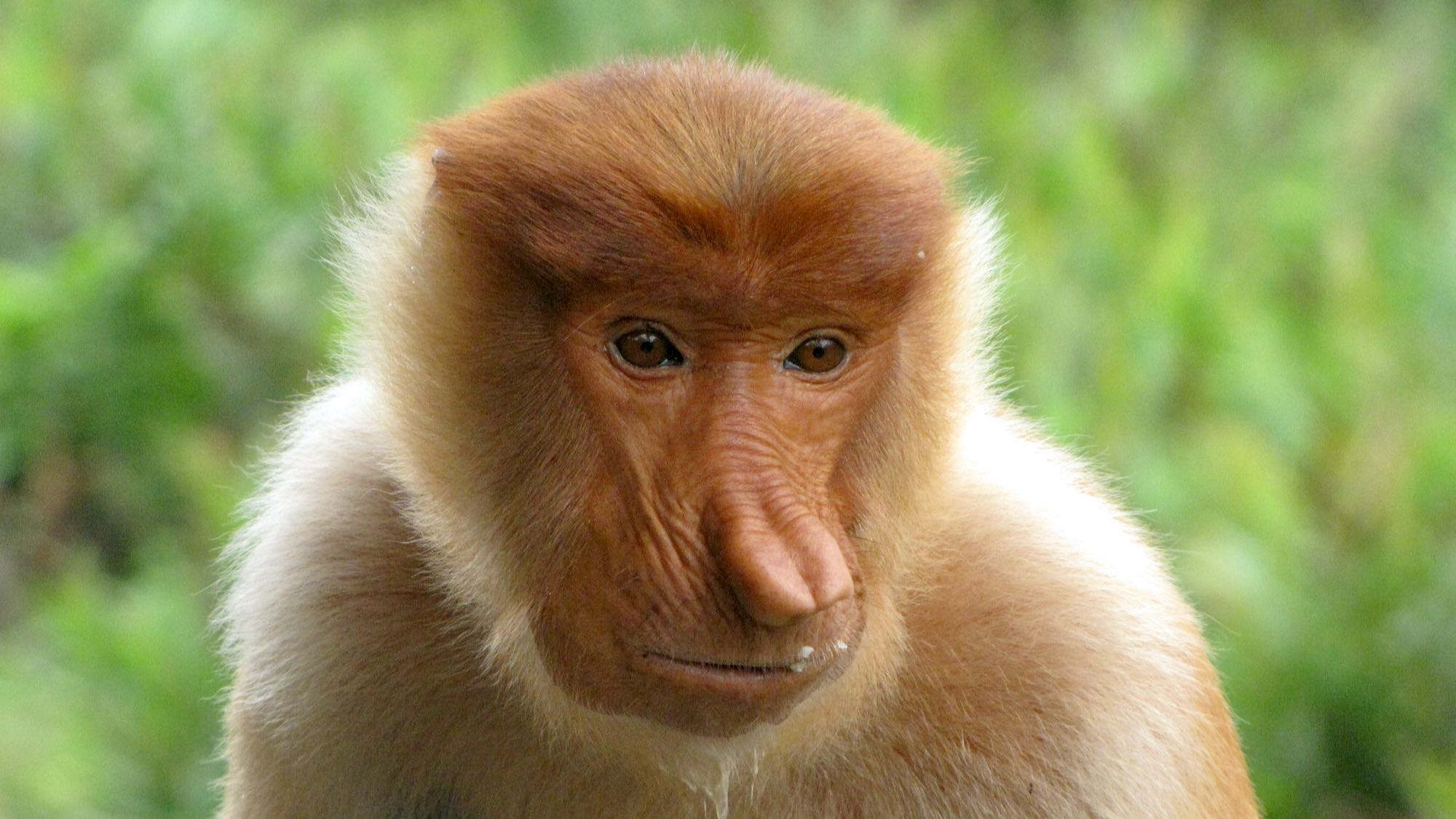
It is so depressing to see all the forest being cleaned and replaced with palm il plantations
Agree totally Oscar.